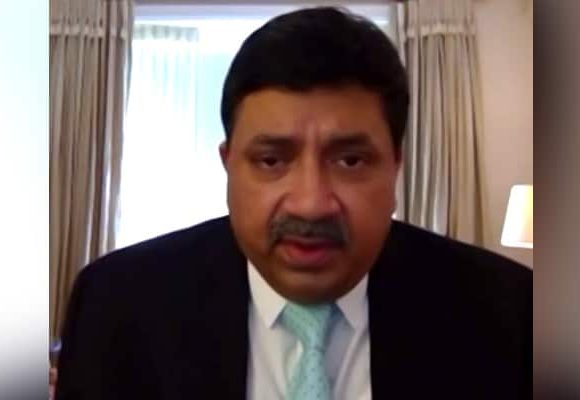Understanding MCLR before availing home loans

For ensuring quicker and better transmission of monetary policy with special reference to interest rate cuts to ultimate borrowers RBI had in December2015 instructed banks to follow a new and uniform methodology termed asMarginal Cost of Funds based Lending Rate (MCLR) with effect from 01st April2016. It replaced the base rate system which was introduced by RBI in July2010. Over a period from July 2010, RBI noticed that though RBI has been very proactive and vibrant in reducing Repo rates the banks were reluctant to reduce base lending rates and there was always a time lag and also there were some “transmission losses”. For e.g. if RBI reduces Repo rates by 50 basis points in January banks would reduce base rates by 10 to15 basis points by July or even later. To overcome this MCLR was introduced.
Demystifying MCLR
MCLR would serve as the new tenor linked benchmark lending rate at which banks will now lend to new borrowers. Unlike under the base rate regime where the average cost of fund was the most important component in determining the base rate, under MCLR it is the marginal costof fund that is considered. This change in approach will reduce the impact of historical interest rates and help in realigning the lending rates depending on deposit interest rate movements more seamlessly. The other components for arriving at MCLR are Negative Carry on account of CRR, Operating Costs and tenor premium. However, the impact of these elements would be less when compared to the cost of funds. The weightage of marginal cost of funds in MCLR could be in the range of 70 to 80%, while all other components put together could be in the range of 20 to 30%. As marginal cost of funds are used and deposits being the major source of funds for banks there will be a better correlation between interest rate movement on deposits and advances in the MCLR regime.
MCLR and lending rates
It should be noted that MCLR is just a tenor linked benchmark lending rate and the actual lending rate by banks will be different. The actual lending rate by banks will be determined by adding the components of spread to MCLR. For the sake of uniformity RBI has specified that all banks shall adopt Business strategy ( component arrived at taking into consideration the business strategy, market competition, embedded options on the loan product, market liquidity of the loan etc.) and Credit risk premium (premium charged to the customer representing the default risk arising from loan sanctioned arrived at based on an appropriate credit risk rating/scoring model and after taking into consideration customer relationship, expected losses, collaterals, etc.) as the broad components of spread.
As MCLR is a tenor linked rate all banks have been asked to publish the internal benchmark for 5 tenors Viz overnight, onemonth, threemonths, six months andone year. In addition to the above, the banks have been given the freedom to publish MCLR of any other longer maturity. Few banks have published upto 7 tenors based MCLR, including 2 years and 3 years MCLR. All loans granted by banks after 01st April2016 would be linked to MCLR except Loans covered by schemes specially formulated by Government of India wherein banks have to charge interest rates as per the scheme, Working Capital Term Loan (WCTL), Funded Interest Term Loan (FITL), etc. granted as part of the rectification/restructuring package and loans granted under various refinance schemes formulated by Government of India. Further banks have been given the discretion to price advances against banks own deposits andadvances to banks’ own employees including retired employees.Loans linked to a market determined by external benchmark also can be priced without being linked to MCLR as the benchmark for determining the interest rate. For ensuring that the interest rate movements are reflected in banks MCLR rates within the shortest time possible RBI has insisted that Banks shall review and publish their Marginal Cost of Funds based Lending Rate (MCLR)of different maturities every month on a pre-announced date. For enabling banks to put adequate systems to carry out the review of MCLR on a monthly basis RBI has permitted that for the first year of operation (ie 31st March2017) banks may review their rates once a quarter on a pre-announced date.
Continue









